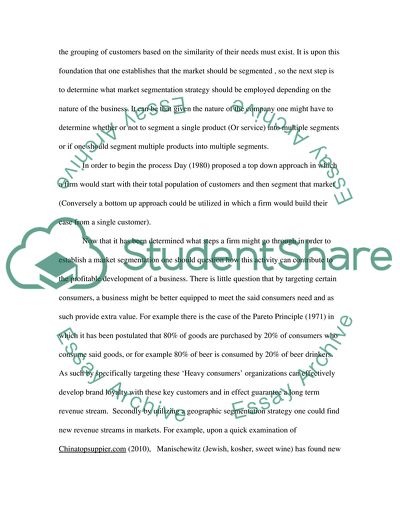Cite this document
(Market Segmentation and Modern Profiling Model Assignment, n.d.)
Market Segmentation and Modern Profiling Model Assignment. https://studentshare.org/marketing/1733129-management-and-marketing
Market Segmentation and Modern Profiling Model Assignment. https://studentshare.org/marketing/1733129-management-and-marketing
(Market Segmentation and Modern Profiling Model Assignment)
Market Segmentation and Modern Profiling Model Assignment. https://studentshare.org/marketing/1733129-management-and-marketing.
Market Segmentation and Modern Profiling Model Assignment. https://studentshare.org/marketing/1733129-management-and-marketing.
“Market Segmentation and Modern Profiling Model Assignment”. https://studentshare.org/marketing/1733129-management-and-marketing.


